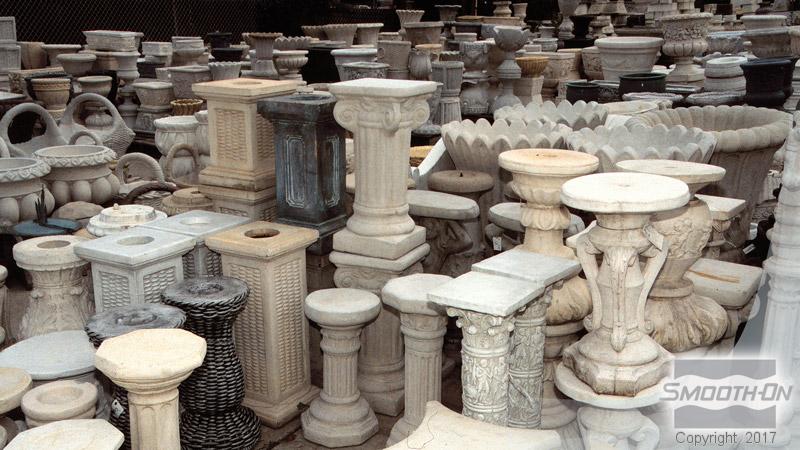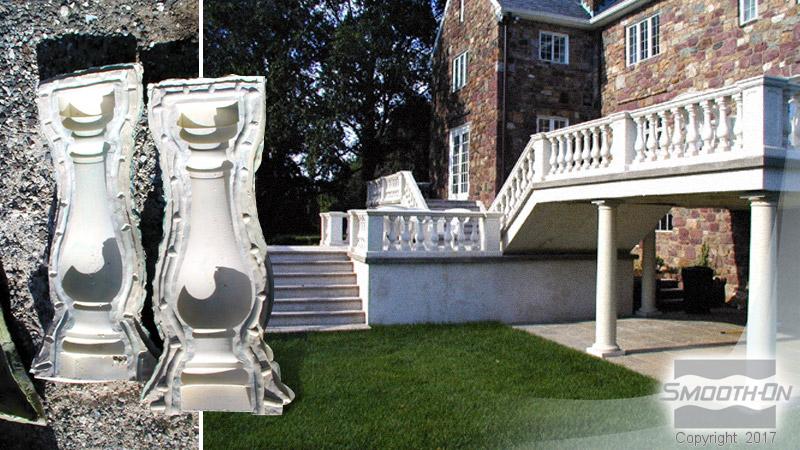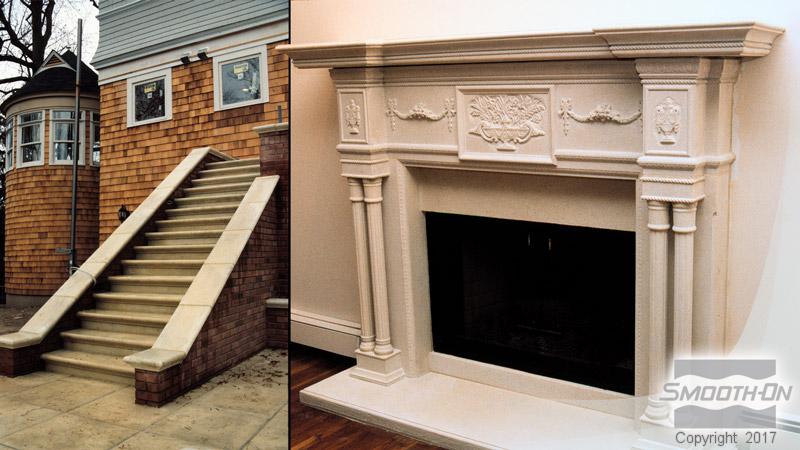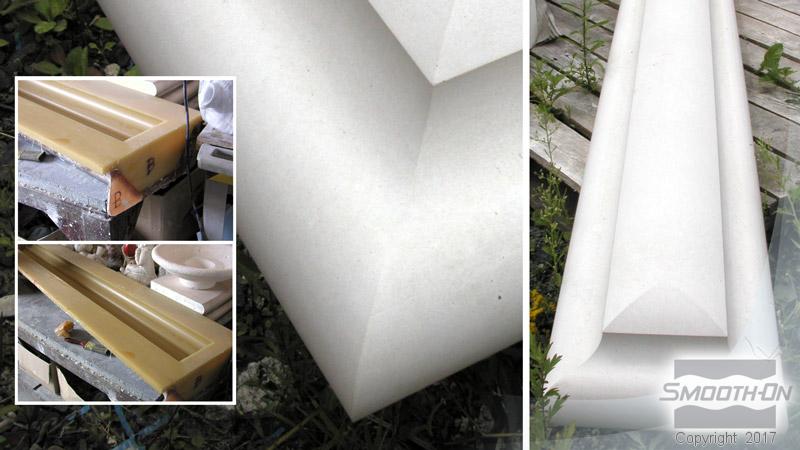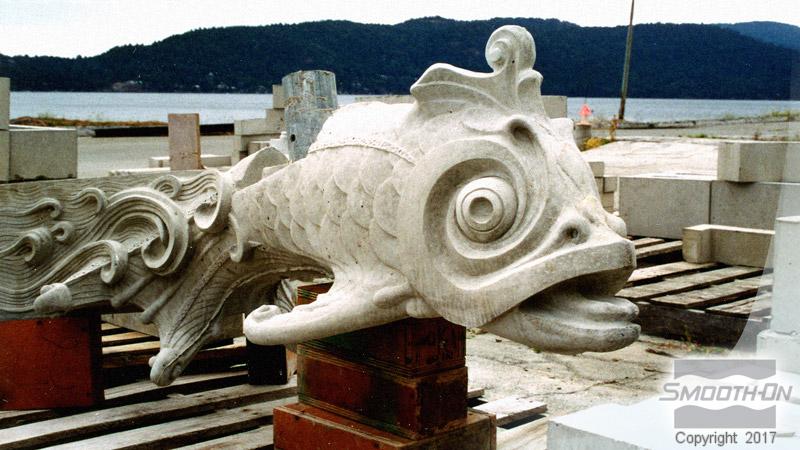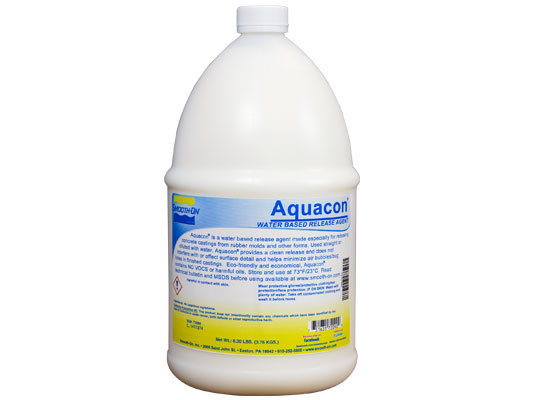duoMatrix®-C
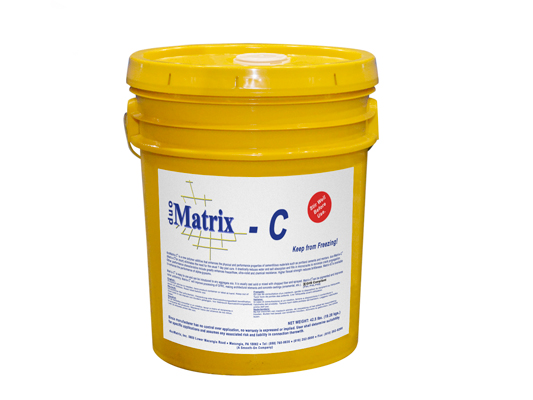
duoMatrix®-C(简称Matrix®-C)无需通常的7天后固化。它大大减少了水和盐的吸收,填充了微裂缝,使裂缝扩展最低。其他性能特征包括极大地增强耐冻/融、紫外线和化学性。较高的弯曲强度,降低产品的脆性。Matrix®-G也可用于提高α-石膏的性能。
说明
Mold Preparation - When solid casting Matrix®-C into a rubber mold, rinse the mold with solution with any standard concrete release agent prior to each casting. This will help minimize air bubbles, facilitate demold, reduce build-up during production and give longer mold life.
Required Materials - Assemble all components and accessories before you begin.
You will need:
- Portland Cement-Type 1 (White or Gray)
- A-R Chopped Strand * - ½” or ¾” (Do not use E Glass)
- Matrix®-C Mixing Containers
- Water Weighing Scale (Digital Gram or Triple Beam Balance)
- Silica Sand (fine grade – 00 Size)
- Mechanical / Power Mixer (Jiffy Mixer)NIOSH Approved Dust Mask
* Available from Nippon Electric Glass – 972-602-1740
Because no two applications are quite the same, a small test application to determine suitability for your project is recommended if performance of this material is in question.
Measuring and Mixing - To minimize dust inhalation, we recommend that you wear a NIOSH approved dust mask while weighing and mixing components. Use only clean, dry measuring and mixing vessels and stirring utensils. Component amounts will vary depending on the size of the batch you are making.
Important: Components must be mixed in proper sequence. A power mixer should be used to mix all components.
Step 1: Combine all dry ingredients before adding liquid latex.
Combine cement, sand & fiber into a suitable size-mixing container (If adding dry pigments or other additives, blend with dry components before adding water and Matrix®-C). Mix dry components thoroughly with mixing paddle, power mixer, etc. until well blended. Note: For convenience and future use, large amounts of dry powder components can be pre-mixed and stored in a clean, dry, airtight container.
Step 2: Shake or stir Matrix®-C well, and add required amount.
Pre-mix Matrix®-C with power mixer. Add required amount of Matrix®-C and water by weight and mix all components with a power mixer until all dry powder components are thoroughly dispersed (minimum 90 seconds).
Optional - For Better Flow, Add A Plasticizer - A plasticizer can be added to the mixture to improve the flow and reduce air bubbles. Sikament 10 (available from Sika Corp.) or Daracem 19 (available from WR Grace & Co.) is available worldwide and will work well with the Matrix® -C aggregate. Add 8 oz. (237 ml) of plasticizer per 100 lbs. (46 kgs.) Portland cement and mix as directed above.
Pouring - Pour mixture in a single spot at the lowest point of mold, and let mixture seek its level. Vibrating: After pouring, vibrate mold using a vibrating table or pass-vibrating wand through mixture.
Curing - Let cure at room temperature for 16 hours before demolding. Colder temperatures will slow the curing process. Do not cure in temperatures below 32°F / 0°C. Warmer temperatures will accelerate the curing process. If curing at temperatures above 105°F / 32°C, castings should be covered to prevent pre-mature evaporation. This could result in surface shrinkage and cracking.
Accelerating Or Slowing Matrix®-C - Accelerating or slowing the cure of Matrix®-C may be achieved with conventional ad mixtures (such as Daraccel accelerator or Daratard 17 retarder from WR Grace. Sika Rapid 1 accelerator or Plastiment retarder is also suitable).
Measuring Proportions / GFRC Spray - For making large architectural panels or for covering large areas, Matrix®-C can be sprayed using standard spray equipment (normally used to spray cementitious materials). Matrix®-C is applied in 2 steps. It is mixed as directed below and is then poured into the spray gun “hopper” where it is forced through the spray equipment and out the spray nozzle.
To minimize dust inhalation, we recommend that you wear a NIOSH approved dust mask while weighing and mixing components. Weigh materials in proper proportion as accurately as possible.
Step 1: Apply a surface coat without fiber. Mix as indicated below WITHOUT FIBER and spray mold surface.
Step 2: Immediately follow with Fiber Mix Coat as indicated below.
Adding Color - Standard concrete powder pigments can be added at any time during the mix. Experimentation may be required to achieve desired colors.
